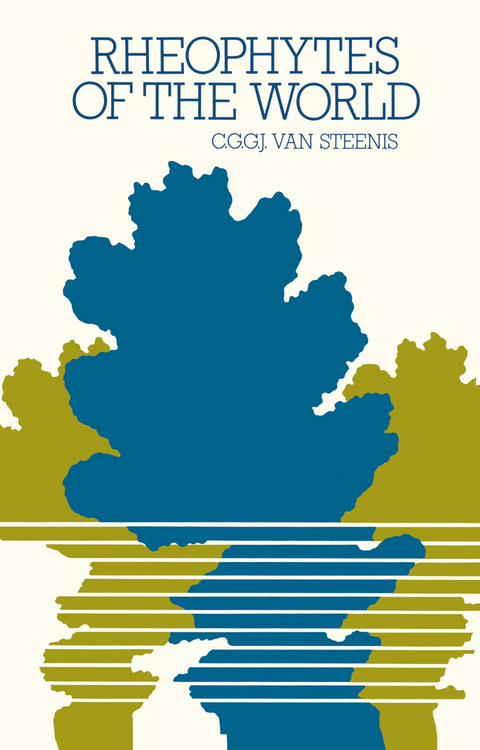
Rheophytes of the World
Springer (Verlag)
978-94-009-8590-2 (ISBN)
1. Introduction.- a. Descent of mountain plants along rivers.- b. Definition of a rheophyte.- c. The rheophytes as a biological group.- d. Parallel development in adaptive features.- e. How to recognize rheophytes? — The sources.- f. Rheophytes in drought areas.- g. Census of rheophytic plants 9 — Swift-running water 10 — Riparian plants 10 — Riparian rheophytes 11 — Rare rheophytes 11 — Facultative rheophytes 11 — Completeness 12.- h. Plan of the work.- 2. The Habitat.- I. The Climate.- II. The Medium.- III. The Substratum.- 3. Morphology and Ecology.- I. Hydrophytic Rheophytes.- II. Torrenticolous Rheophytes.- III. Rheophytic Landplants.- 4. Distribution of Rheophytes.- a. Geographical survey of the literature.- b. Latitude and altitude of rheophytes: Latitude 67 — Altitude 68.- c. Rheophytes in seasonal and drought zones: Seasonal climate 69 Drought climate 69.- d. Rheophytes and bedrock.- e. Systematic arrangement of the rheophytes.- f. Geographical arrangement of the rheophytes.- g. Endemism in rheophytes.- h. Rheophytes in oceanic islands.- i. Largest ranges among the rheophytes.- j. Rheophytes and palaeogeography.- k. Sociology of the rheophytes.- 5. Cultivation of Rheophytes.- Rheophytes as useful plants.- 6. Why are Rheophytes confined to Streambeds?.- 7. The Riddle of the Willow-like Leaf-shape.- Narrow leaves not peculiar to rheophytes.- Relative importance of the willow-like leaf-shape.- Constancy of the leaf-index.- The willow-like leaf function for least resistance.- Experimental measurement of resistance to currents.- Deductions from the measurements in Table 3.- Conclusions from the experiments.- 8. Autonomous Evolution and the Derivation of the Rheophytes.- Scarcity of rheophytes in the plant world.- Parallel development.- Pre-disposedstructures for development of rheophytes.- Gradual speciation by raciation.- Population divergence in facultative rheophytes.- Differentiation of rheophytic varieties.- The infra-specific taxa of rheophytes.- Specific segregation.- Infrageneric and generic segregation.- Rheophytes exemplary of parallel evolution.- Adaptation, a selection process of passive pruning in autonomous evolution.- Differences between plant and animal evolution.- Survival level, patio ludens, and neutral characters.- Patio ludens and ‘pre-adaptations’ in plants.- Early differentiation.- Saltatory evolution in plants.- Gliding evolution in animals.- Co-evolution of plants and animals 126 — Reticulate phylogeny 132 — Concluding remarks 133.- The neutral characters of patio ludens in plants.- Evolution, an erratic array of results from experiments by Nature.- 9. Bibliography.- 10. Glossary.- 11. Census of the Rheophytes of the World.- Indices and Errata.
| Zusatzinfo | 424 p. |
|---|---|
| Verlagsort | Dordrecht |
| Sprache | englisch |
| Maße | 156 x 244 mm |
| Themenwelt | Naturwissenschaften ► Biologie ► Botanik |
| Naturwissenschaften ► Biologie ► Evolution | |
| ISBN-10 | 94-009-8590-8 / 9400985908 |
| ISBN-13 | 978-94-009-8590-2 / 9789400985902 |
| Zustand | Neuware |
| Haben Sie eine Frage zum Produkt? |
aus dem Bereich


